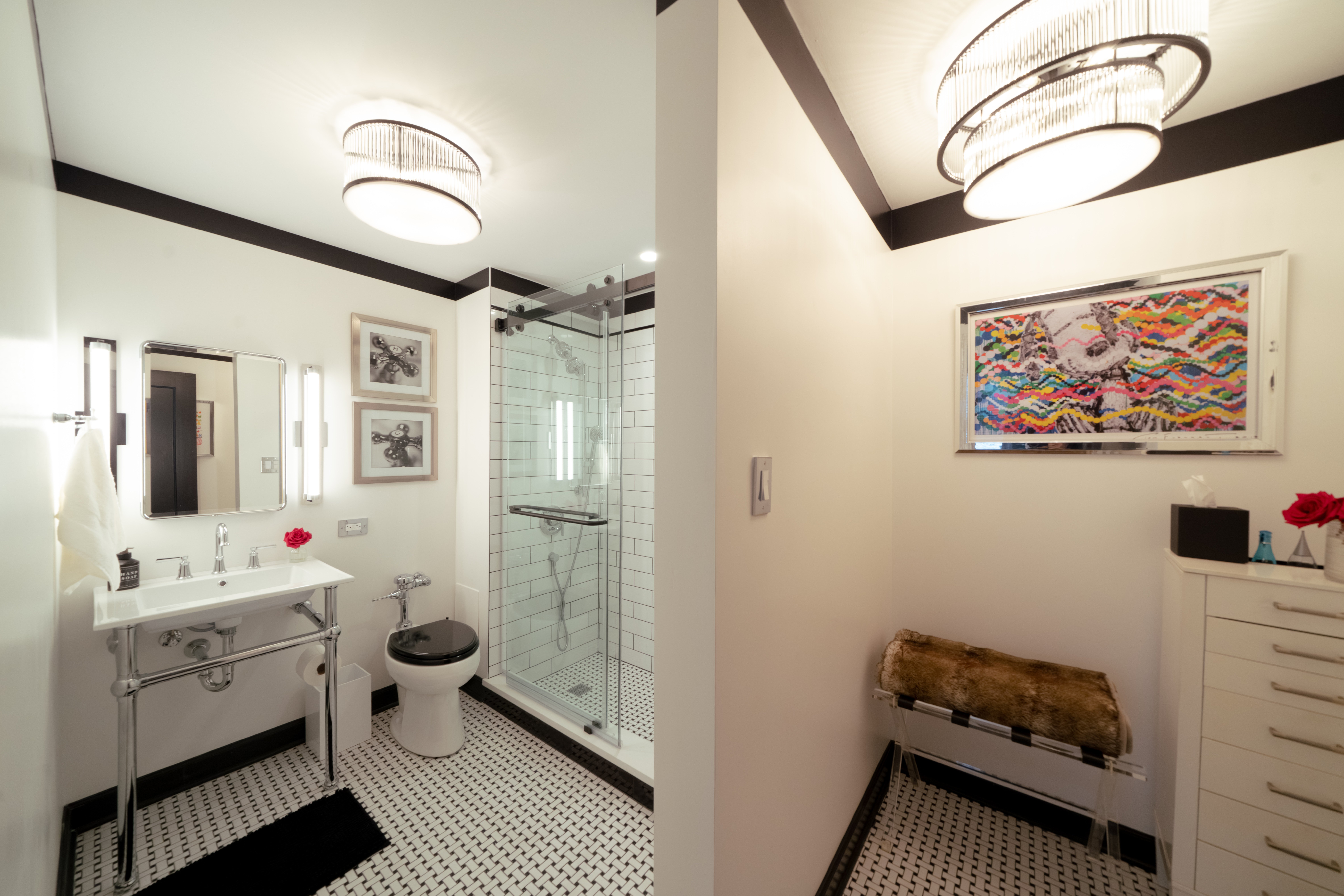
Building a laundry room addition to your home adds value and functionality. Your laundry room addition cost will depend on size, materials, and other factors.
Kick cluttered cabinets to the curb


When you organize your kitchen, it’s easy to focus on sparkling-clean counters and a tidy refrigerator, but don’t forget what’s hiding under the kitchen sink. Most of us use this space to store cleaning supplies, including dish detergents and soap, so it can get a bit crowded.
Luckily, it doesn’t take long to get organized and keep the cabinet in check with these tips for organizing under the kitchen sink.
A clean space is a functional one. Once you’re ready to organize under your kitchen sink, remove everything and clean it thoroughly. Spray it down with a cleaner that’s safe to use on its material, as well as a disinfectant, and wipe the space dry.
To protect the cabinet against scratches and spills (and to make it look nice), consider lining it with a durable shelf liner.

All organization projects begin with decluttering. Take a hard look at your under-sink area and get rid of any trash, duplicate items, expired cleaning supplies, and more. Yes, that might mean finally recycling or using that ball of plastic grocery bags you’ve been saving. Keeping only what’s needed will maximize the storage space under your kitchen sink, making room for an organization system.
Adding a lazy Susan to your under-sink area can double its storage capacity. Use a lazy Susan to store your cleaning supplies so that they’re always within reach. You can build a lazy Susan yourself or buy one at your local home goods store. This idea doesn’t just apply to your under-sink space—it’s also a great pantry organization tip.
Keeping your cleaning supplies under your kitchen sink is ultra-convenient, but it can get cluttered quickly. Make sure your supplies are in line, and your under-sink area is tidy, with a tension rod. Hang cleaning spray bottles onto the rod to take advantage of the cabinet’s vertical space, leaving room for more supplies below.
Don’t limit your cabinet’s storage space to its bottom shelf. Take advantage of all the storage space you can, including the cabinet door. Buy small containers and mount them on the inside of the door and use them to store things like soap, sponges, and hand towels.
Organize a small kitchen with this tactic by mounting containers on all of your cabinet doors to maximize storage space. You can use them to hold spices, kitchen gadgets, and more without taking up precious shelf space.
Use shelves to separate and organize the items under your kitchen sink. Wire shelves work great for this job, but you can also build your own shelf system if you’re handy. Adding shelves will keep your under-sink area neat while also allowing you to see what you have on hand, which will prevent you from accidentally buying yet another duplicate bottle of glass cleaner.

Adding hooks on the back of your cabinet door and on the inside walls is a great way to utilize your cabinet’s vertical space. There are various types of hooks on the market today, including double hooks, single hooks, stick-on hooks, and swag hooks, so you can find the perfect one for your purposes. Use them to hang dish rags and other supplies so they’re always in reach.
To make the cabinet under your kitchen sink as streamlined as possible, group items you use at the same time together. If you’re using shelves, dedicate each level to one particular type of item—for example, carpet cleaning supplies on one level and dishwashing supplies on another. The same idea can apply to whatever organization system you implement, whether it’s hooks or plastic containers.
Creating a cleaning caddy will organize the cleaning supplies under your kitchen sink and make cleaning easier. When it’s time to clean the house, you’ll be prepared and can easily take the caddy out to get to work.
If you have enough space, you can even add several small containers and organize the supplies by task or area of the home.
Labeling is at the heart of organization. Slap accurate labels on whatever organization system works best for you—whether that’s a shelving system, small drawers, or something else. Labels will help you find what you’re looking for easily and trim down on cleaning time—and who doesn’t love that?
From average costs to expert advice, get all the answers you need to get your job done.

Building a laundry room addition to your home adds value and functionality. Your laundry room addition cost will depend on size, materials, and other factors.

Accessory dwelling units can be a smart investment, but your ADU cost will depend on the size, type, and materials you choose. Here’s how it breaks down.

Remodeling your bathroom can add significant value to your home. Your bathroom remodel cost in Atlanta, GA will depend on size, fixtures, materials, labor, and other factors.

Knowing how to install a shower requires some skill and experience, but a shower enclosure installation is a doable DIY project if you follow some basic steps.

An outdated bathroom is transformed into a vintage-inspired space with basketweave floor tile, a console sink, and subway tile.

Discover the average walk-in bathtub installation cost, key price factors, and ways to save. Get expert tips to plan your walk-in tub project with confidence.